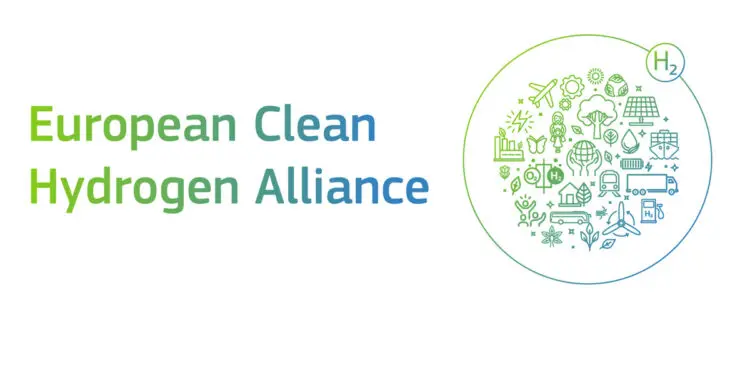Skeleton Technologies has joined the European Clean Hydrogen Alliance, an initiative of European stakeholders who want to engage and contribute to the deployment of renewable and low-carbon hydrogen in terms of supply, demand and distribution, as well as those who will use renewable and low-carbon hydrogen as an effort to decarbonise industrial processes and economic sectors as a whole.
At the beginning of July, the European Union presented its hydrogen strategy. The aim is to support the achievement of climate targets by expanding the use of hydrogen as an energy carrier and to promote the development of a European hydrogen economy. At the same time, the “European Clean Hydrogen Alliance” was formed, which Skeleton Technologies has now joined.
This alliance is part of efforts to accelerate the decarbonisation of industry and maintain industrial leadership in Europe. The production of green hydrogen powered by renewable energy should play a major role to achieve climate neutrality in Europe by 2050.
The European Clean Hydrogen Alliance brings together all stakeholders in the hydrogen value chain, including industry actors, national and regional governments, civil society, investors as well as research and technology organisations. With its investment and projects program, the Alliance will support the deployment of green hydrogen production, application demand and distribution.
Sebastian Pohlmann, Vice President of Innovation at Skeleton Technologies explains: “Hydrogen will play a major part as an energy carrier in the carbon-free energy landscape of the future. Ultracapacitors do not only enable hydrogen to be produced more efficiently with the use of renewable energy, but also can support hydrogen fuel cells to function more efficiently, greatly speeding up the market adoption of the technology as Ultracapacitors reduce the total cost of ownership on these systems. Supporting hydrogen as an energy carrier is thus a strategic focus at Skeleton, as ultracapacitors will contribute to utilize its full potential, allowing it to support a European energy landscape which does not rely on fossil fuels.”
Skeleton already works with partners from the hydrogen sector and has recently announced it will supply its next generation high energy ultracapacitors to Wrightbus, a leading bus OEM headquartered in Northern Ireland and a founding member of the H2Bus Consortium, to power hydrogen fuel cell buses in the UK. Hybridization of fuel cell vehicles with ultracapacitors reduces the stress on fuel cells and benefits the vehicles’ fuel economy, allowing them to function more efficiently and increasing the overall range of the system.
But ultracapacitors’ role can also be critical on the other end of the value chain, during the process of producing hydrogen. Hydrogen production itself needs to become clean, renewable and low-carbon. Most hydrogen today is produced from fossil fuels. What we call “clean hydrogen” is hydrogen made by splitting water into hydrogen and oxygen, with water electrolysis process powered by electricity generated by wind or solar power. According to Bloomberg NEF, the cost of the electrolyser technology to do this has fallen by 40% in the last five years and can continue to slide if deployment increases. Therefore, electrolysers are increasingly being constructed in locations next to wind or solar power plants.
However, such energies tend to be intermittent and fluctuate according to the weather conditions, which can cause spikes in energy production. Ultracapacitors provide the solution, by levelling the electrical power load and providing fill-in power when it is temporarily underperforming such as when wind speed drops, and storing energy during times of optimal renewable conditions for later use.
Ultracapacitors are therefore key to allow clean hydrogen production and instrumental in helping hydrogen fuel cells vehicles to function more efficiently.
The European Clean Hydrogen Alliance will help build up a robust pipeline of investments. The alliance will establish an investment agenda and support the scaling up of the hydrogen value chain across Europe. An industry blueprint estimates investments of €430 billion until 2030. The alliance should support scaling up production and demand for renewable and low-carbon hydrogen, coordinate action, and provide a broad forum to engage civil society.
Skeleton Technologies is pleased to be able to contribute with its expertise at the European level in the newly founded alliance, alongside over 200 companies and organizations across Europe.

































